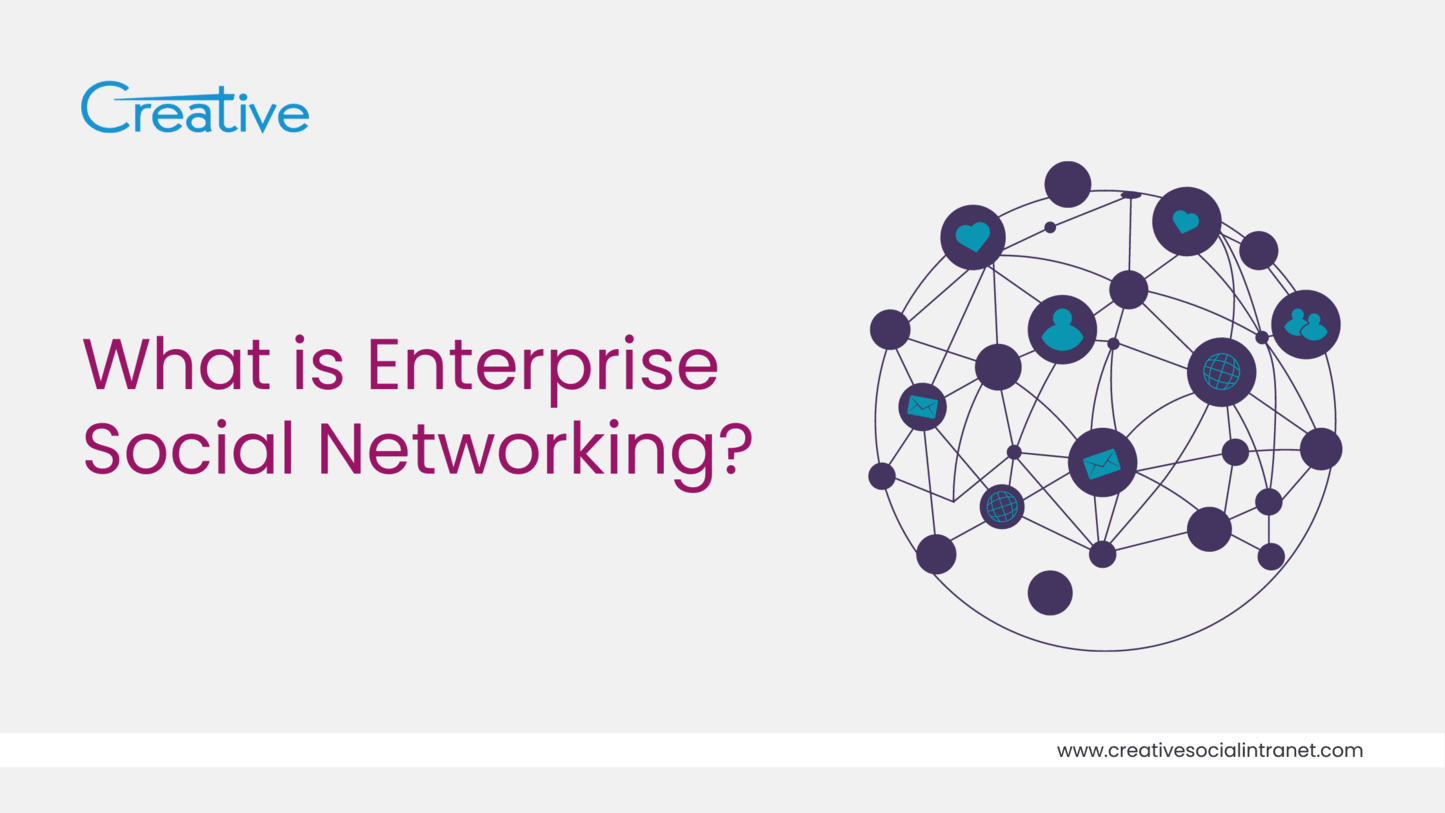Social media has become a part of modern lifestyle. People spend hours of their daily lives on various social networking websites. But when they are in office, they have to follow traditional methods to perform their duties. These in-house techniques could be complex for some employees, time-consuming as well as boring. Connecting people within an organization and allowing them to work together using a common platform can be interesting and secure by having an advanced social intranet within an organization.
The social intranet network of a company not only connects company employees, but also allows them to communicate, share files, and have group discussions interestingly without visiting each other personally.
Engaging employees through an intranet network for social networking within the organization isn’t about creating their accounts on Facebook or Twitter. This could be done through the development of a company’s private social intranet.
What’s Social Networking Through Intranet Within Office?
Social networking through the intranet can help employees talk to each other over their digital devices, share files, and perform activities for business purposes. Apart from that, the private social network leads to better communication and interaction, knowledge sharing, and lots of other features to help employees do their work.
Development of an Intranet For Social Networking Within Office
An intranet within the office can engage with more and more employees if it’s attractive, easy to use, easily accessible, and with lots of attractive features. Creative Web Mall can design and develop a social intranet for your company where your company’s logos and other elements are highlighted on the main page to make the intranet your own. Apart from that, its customized features enable you to get it designed as per your business requirements and the convenience of your employees.
Developing an intranet for social networking within an office requires careful planning and execution to create a platform that fosters communication, collaboration, and engagement among employees. Here’s a comprehensive guide to the development process:
1. Define Objectives and Scope:
- Identify the goals of the intranet, such as improving internal communication, knowledge sharing, team collaboration, and employee engagement.
- Determine the scope of the project, including features, user roles, and integration with existing systems.
2. Gather Requirements:
- Conduct stakeholder interviews and surveys to understand the specific needs and preferences of employees.
- Document functional requirements, such as user profiles, news feeds, messaging, document sharing, event calendars, and discussion forums.
3. Design Phase:
- Create wireframes and prototypes to visualize the layout and user interface of the intranet.
- Design a user-friendly interface that promotes easy navigation and encourages interaction.
4. Choose Technology Stack:
- Select appropriate technologies and tools based on the project requirements, such as programming languages, frameworks, databases, and hosting platforms.
- Consider using popular technologies like React or Angular for frontend development and Node.js or Django for backend development.
5. Develop Features:
- Implement core features of the intranet, such as user authentication, profile management, news feeds, messaging, groups, file sharing, and event calendars.
- Ensure scalability, security, and performance optimizations during development.
6. Integrate Third-Party Services:
- Integrate third-party services or APIs for additional functionalities, such as single sign-on (SSO), document management, task management, and video conferencing.
7. Implement Security Measures:
- Implement robust security measures to protect sensitive data, including encryption, secure authentication mechanisms, access control, and regular security audits.
8. Testing:
- Conduct thorough testing of the intranet to identify and fix any bugs or issues.
- Perform user acceptance testing (UAT) to gather feedback from employees and ensure the intranet meets their needs.
9. Deployment:
- Deploy the intranet on-premises or in the cloud, depending on organizational requirements and infrastructure.
- Configure servers, databases, and network settings, and perform necessary setup tasks.
10. Training and Adoption:
- Provide training sessions and documentation to familiarize employees with the features and functionalities of the intranet.
- Encourage active participation and engagement to promote adoption within the organization.
11. Maintenance and Support:
- Establish a maintenance plan to address any issues, apply updates, and add new features as needed.
- Provide ongoing technical support to address user inquiries and ensure smooth operation of the intranet.
By following these steps, you can develop an intranet for social networking within the office that enhances communication, collaboration, and productivity among employees.
